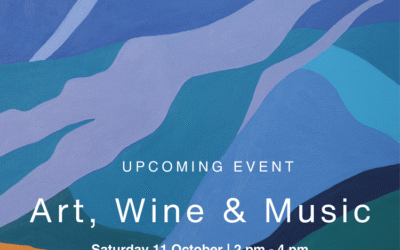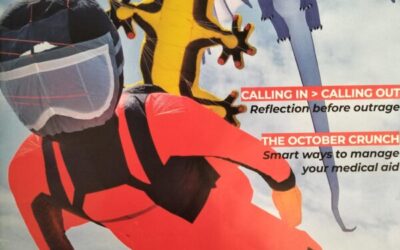From Cape fynbos to edible weeds, foraging is fast becoming fashion in some of the world’s poshest kitchens. Brent Meersman explains how to go wild.
On the home front, several Cape chefs have also turned their talents to foraging.
Eric Bulpitt of the Roundhouse in Camps Bay said it is a “long and very time-consuming” process to find the right taste combinations using untried ingredients.
“There are so many edible herbs out there and a lot of them are not recorded,” said Bulpitt of the pioneering effort involved in creating delicious new dishes that don’t give one’s guests stomach cramps — or worse. Redzepi, for instance, forages with an iPhone and sends images to experts when he isn’t sure of something. At the New Yorker Festival in October, Redzepi told the audience: “I’ve choked, and I’ve had on-the-spot violent diarrhoea.”
Although many chefs love to forage for themselves, a new industry of professional foragers has emerged. Miles Irving, for instance, the author of The Forager Handbook (2009), started a company to supply British chefs with wild ingredients. Today he has a catalogue of more than 120 edible ingredients.
Bulpitt has used Kalahari truffles in the past and is currently verifying and experimenting with a great variety of plants, among them wild ginger and rooiwortel, and herbs such as dead nettle, sow thistle, Cape wormwood and four varieties of wood sorrel. He is still working out how exactly to use them.
Home-grown
Chef Peter Tempelhoff of The Greenhouse at the Cellars-Hohenort (awarded restaurant of the year at last year’s Eat Out DStv Food Network restaurant awards) loves the red berry-like fruit of Carissa bispinosa, known as num-nums. You’ll find locals on the roadside in KwaZulu-Natal selling this fruit in late summer.
In another dish Tempelhoff matches tuna with smoked snoek broth, tofu and daikon with bokbaai-vygie. He forages for cep mushrooms on Table Mountain, samphire from the Keurbooms River estuary and picks sea lettuce off the rocks at the Marine in Hermanus.
Chef Shaun Schoeman at Fyndraai near Paarl serves katballetjies, the tiny bulbs of an indigenous, liquorice-flavoured plant, uses salvia in a mayonnaise emulsion and flavours crème brûlée with the fragrant fynbos shrub buchu. On the Solms-Delta wine estate he has acres of fynbos at his disposal.
“We are making the most of our wild plants and herbs, which we grow in our culinary Dik Delta garden,” said Schoeman. He uses herbs “on a daily basis in almost every dish we prepare at our restaurant … plants such as citrus buchu, wild rosemary, wild garlic and pelargonium”.
West Coast chef Kobus van der Merwe said: “Collecting food from the wild is very much part of our heritage in Africa. I grew up with my grandparents collecting karkoere and !N’abbas [Kalahari truffles] in the Northern Cape or picking seaweed for making jelly and harvesting mussels when we were at the coast.”
Nutty, mushroom-tasting !N’abbas are delicious peeled and gently fried in a little butter.
As an example of what can be accomplished by foraging, Van der Merwe cites his current signature dish: “I call it ‘Mosselbank at low tide’, which is where and when I collect these specific edibles — ice plant, soutslaai, dune spinach, wild parsley and sea lettuce. I pair these with poached pear and homemade maasbanker bokkom [a type of dried fish], raw celery, ginger and almonds.”
“Winter is the best time … sow thistle can be cooked like spinach. Wild radish and wild mustard seed pods are delicious in salads and stir-fries. Depending on the condition of the specific plant, the young leaves can also be eaten like rocket. Oxalis leaves, stalks and flowers are invaluable when making traditional waterblommetjie- or veldkoolbredie”.
Foraging might have been plucked from recent obscurity, but it has a pedigreed literary history of fine dining.
The poet C Louis Leipoldt’s Cape Cookery (unpublished when he died in 1947) has a whole veldkos section. It includes such tantalising comestibles as blue-white iris corms, wild sorrel (gathered by sailors to ward off scurvy since before Van Riebeeck’s day), wild fennel, wild anise, wild almond tree seed, and water hawthorn.
In South Africa, make sure you are not pillaging a protected area. One hears about the poaching of Kalahari succulents and the wholesale plunder of wild garlic in the Cape’s Tygerberg reserve. You should always forage with a view to sustainable harvesting. Never pick every last mushroom or pull up a plant by its roots.
For full story…“Guess what’s coming to dinner? “






